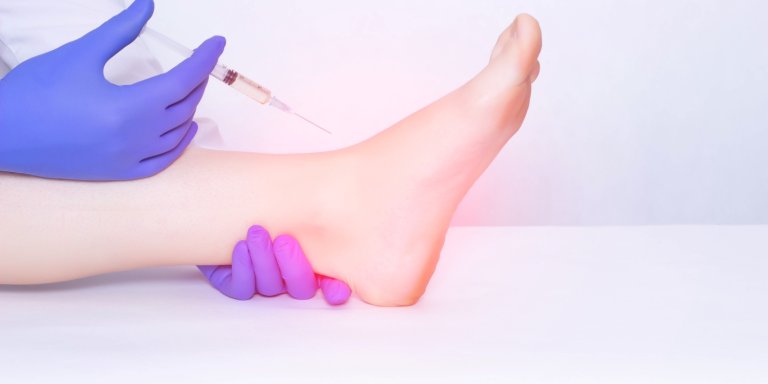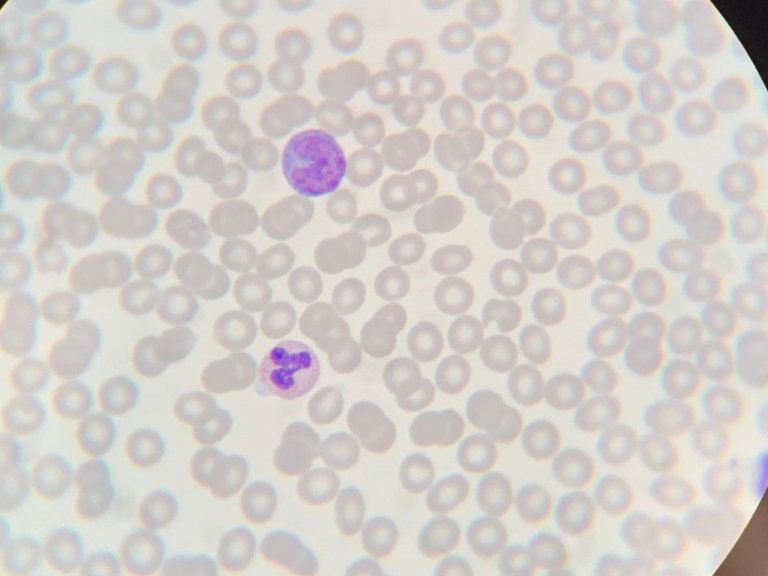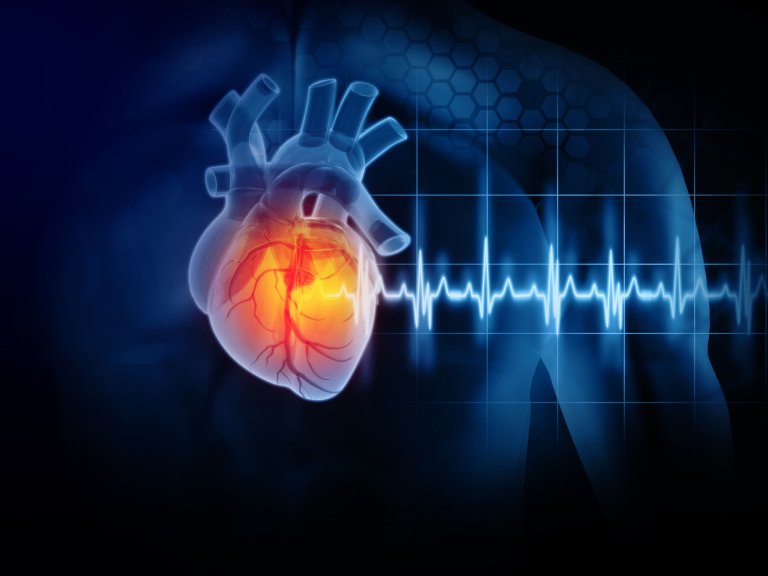In osteoarthritis, the layer of cartilage in the joint has become thin and irregular. This causes pain and prevents the joint from moving smoothly. An effective therapy that requires no operation doesn’t exist yet. Injecting Platelet Rich Plasma (PRP) has been a popular therapy for joint, muscle and tendon disorders. The idea is that injecting your own blood plasma with a high concentration of platelets has a beneficial effect on the healing process, because growth factors are released from the platelets.
No difference
100 adult patients with ankle osteoarthritis in six medical centers were included for the study.Sports physician & lead researcher Hans Tol:
Because we included patients from different (academic, peripheral, top clinical and independent) centers, the results of our study can be generalized well"
Half of the patients received a PRP injection, the other a saline solution injection (placebo). After six weeks, the injection was repeated. Patients completed questionnaires at several moments and physical examinations were also performed three times during this period. The results showed that there was no difference between the two groups.
Do not administer anymore
“Of course we had hoped that the PRP injections would offer a solution for people with ankle osteoarthritis, but unfortunately we have to conclude the opposite,” says orthopedics physician-researcher Liam Paget. :
Our advice to practitioners is to stop administering PRP injections in these patients. They don't work. Moreover, it is an expensive therapy that belongs to the non-insured care. Patients therefore have to pay for it out of their own pocket"
Read more on the Amsterdam Movement Science pages




